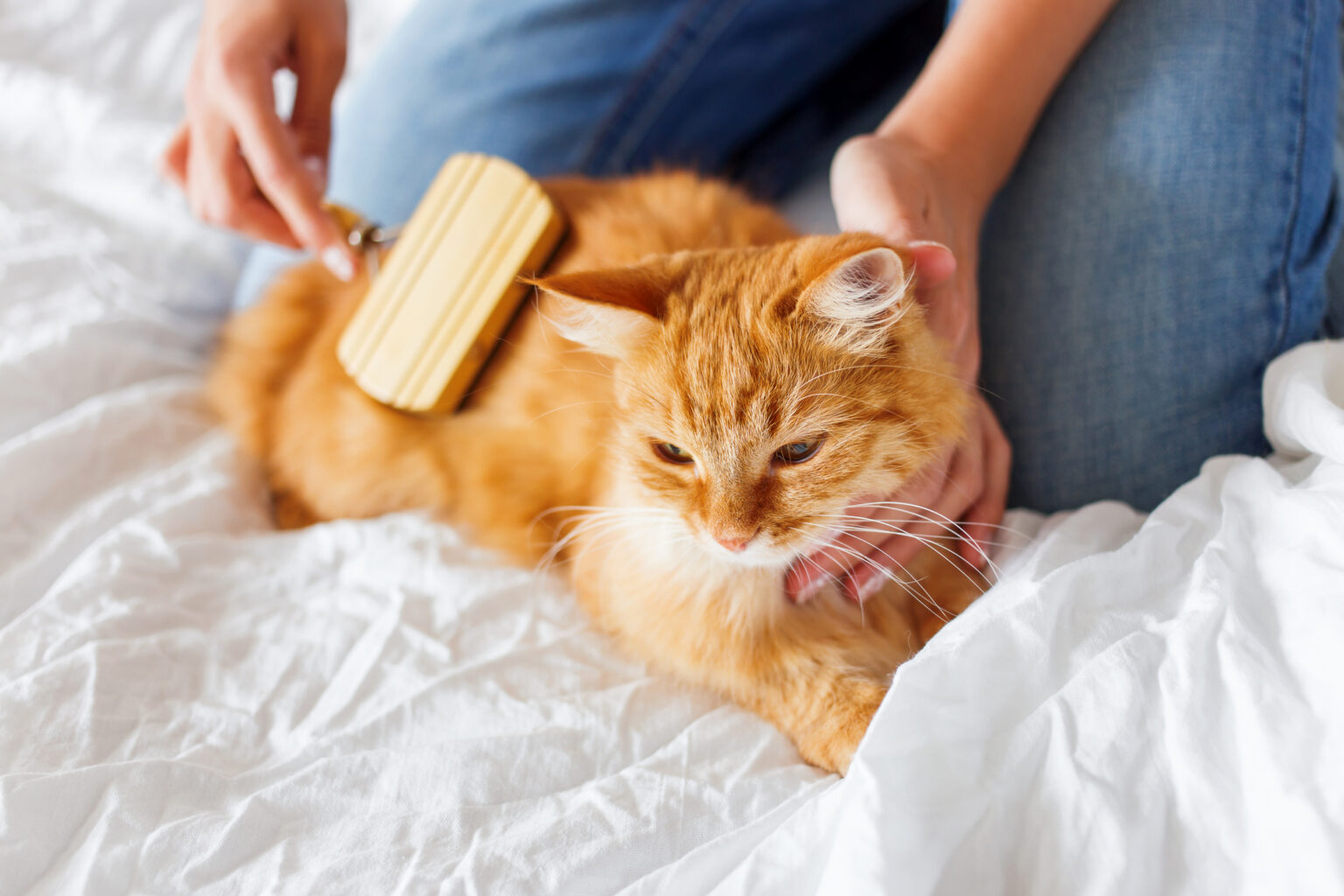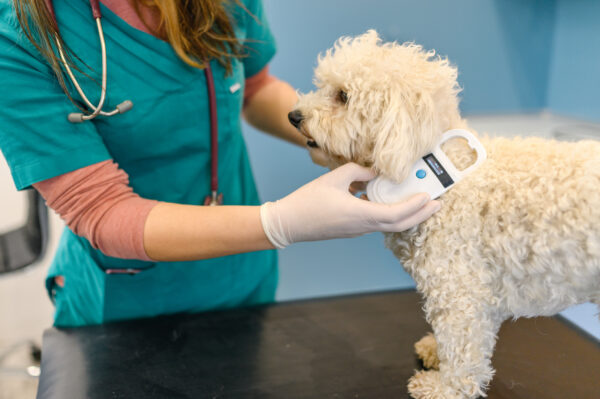Regular grooming is essential for your pet’s health and wellbeing since, aside from being good hygiene practice, it gives your pet some well-deserved attention. A simple routine and basic kit will leave your furry friend feeling superb. Here’s how to get organised.
Coat and skin
Your pet’s coat protects them against the environment, but it’s also a good indicator of their overall health. Keep it clean and tangle-free by using the right brush. Brushing also promotes natural oil production, which helps soothe and protect your pet’s skin. If your cat or dog has:
Short hair: brush at least once per week with a bristle brush, comb, or rubber glove.
Long hair: brush daily with a de-shedding tool, slicker brush or wide-toothed comb.
Nails
Trimming your pet’s nails may seem a little tricky at first, but it just requires a little practice. Besides, daily exercise and clawing will naturally wear your pet’s nails down, so you may only need to give them a trim once or twice a month. Get cats used to you handling their paws (find a position that’s comfortable first) and grab some good-quality nail clippers. Don’t worry if it takes several sittings – the number one rule is to stay away from the blood vessel. Press gently on your pet’s paws and trim a small amount off the tip. Cat parents: scratching posts are your friends!
Eyes, ears and teeth
Your pet’s eyes should be bright and clean, and free of signs of infection like swelling, redness or discharge. You can use a moist cloth or cotton wool with warm water to wipe away any dirt or crusts. As for ears, it’s helpful to monitor them for any sores, odours or discharge. Consult your vet if you notice any of the symptoms just mentioned.
When it comes to oral hygiene, brushing your pet’s teeth a minimum of three times a week is the best way to prevent plaque build-up and dental disease, although we get this isn’t always easy. It’s also good to check your pet’s mouth regularly for any ulcers or lesions.
Bathing your pet
Loved by some, loathed by… well, most cats! We know bathing is not for every pet, but sometimes it’s necessary. Especially when you’re coming home from the park with a muddy pooch or your cat’s coat is matted and oily. The frequency will be highly individual: from once every month to once every few years (many cats will do well without bathing). The most important thing to keep in mind: pick a mild shampoo for dogs or cats that’s adequate for their coat.
Fleas, ticks and worms
Fleas and ticks are common in cats and dogs. They’re not a sign of poor hygiene – these pesky little crawlers can be found in even the most spotless homes. And, although peak flea season is from the end of April to the end of November, it’s best to treat your cat or dog all year round. Spot-on solutions like Frontline Plus are easy to apply and will protect your pet from both fleas and ticks.
Signs of a worm infestation range from a bloated belly to constant hunger, diarrhoea or visible worms in your pet’s vomit or faeces (sorry, we know). But some pets may not experience any symptoms at all, which is why regular deworming is also recommended. Choose a worming tablet that is suitable for your cat or dog’s size – Drontal worming tablets are a great option.
As you can see, regular grooming becomes a lot easier when broken down into smaller tasks. It can help you spot, prevent and treat some of the most common health issues while making your pet feel happy and loved.



